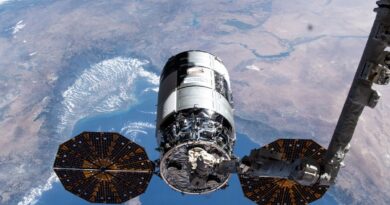James Webb Observations Confirm Black Holes In The Early Universe Developed Faster Than Galaxies
The study’s authors found support for one theory that suggests that huge black holes in the early Universe may have gained mass faster than their host galaxies.
Scientists have observed several quasars that power supermassive black holes in the early Universe, less than a billion years after the Big Bang. Astronomers also observed the light of the surrounding ancient stars. The results provide an answer to a long-standing mystery: which came first – a supermassive black hole or a galaxy? The research results were published in the Astrophysical Journal.
Measurements have shown that black holes at the centers of ancient galaxies have masses on the order of 10% of the mass of the stars around them. On the one hand, this doesn’t seem like too much. However, it should be taken into account that supermassive black holes in the centers of galaxies in our part of the Universe have masses of up to 0.1% of the masses of stars in their host galaxies. This observation allows us to conclude that in the early Universe, black holes evolved faster than galaxies.
But it is not yet clear what exact mechanism was behind this process, which allowed the black hole to gain mass faster than its host galaxy did.




